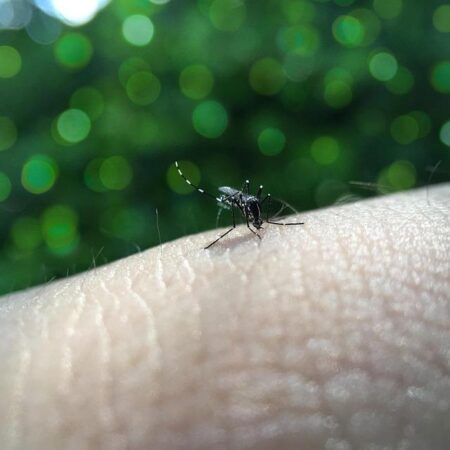British sailors have been issued a warning following a recent incident off the coast of northern Spain, where a group of killer whales reportedly rammed a sailing boat. The unusual encounter, which has raised concerns among the local maritime community, highlights the increasing interactions between marine wildlife and recreational vessels in the region. Authorities are urging sailors to exercise caution and remain vigilant when navigating these waters amid rising reports of aggressive behavior from orcas.
British Sailors Face Increased Risks as Killer Whales Aggressively Interact with Vessels off Northern Spain
British sailors navigating the waters off northern Spain have encountered a disturbing increase in aggressive behavior from local killer whales, posing new challenges for maritime safety. Multiple reports have surfaced over recent weeks describing orcas deliberately ramming vessels, causing structural damage and endangering crew members on board. Experts suggest that the whales’ unusual interactions may be driven by curiosity or territorial instincts, but the precise reasons remain under investigation.
Maritime authorities have issued warnings advising increased vigilance and precautionary measures when sailing through affected areas. Key recommendations for sailors include:
- Maintain a safe distance from pods of orcas and avoid sudden maneuvers near them.
- Reduce speed when killer whales are sighted to minimize the risk of collisions.
- Report any aggressive encounters promptly to local marine patrols.
| Incident Date | Location | Vessel Type | Reported Damage |
|---|---|---|---|
| April 10, 2024 | Bay of Biscay | Fishing Boat | Hull dented |
| April 18, 2024 | Off Galicia Coast | Sailing Yacht | Minor mast damage |
| April 22, 2024 | RÃas Baixas | Motorboat | Propeller scratched |
Experts Analyze Behavior Behind Killer Whale Attacks and Potential Threats to Maritime Safety
Marine biologists and maritime safety experts have stepped forward to interpret the unusual aggression displayed by killer whales towards vessels near northern Spain. Traditionally known for their intelligence and social nature, these orcas appear to be exhibiting a rarely observed behavior: deliberate ramming of boats. Several theories suggest this might be a form of play aggression, territorial defense, or a response to increased boat traffic disrupting their natural habitat. Researchers emphasize the need to closely monitor these interactions, as escalating incidents could pose significant hazards to both crew and marine ecosystems.
Key factors under investigation include:
- Changes in fish migration patterns affecting orca hunting grounds
- Increased noise pollution from marine vessels
- Possible learned behaviors spreading across pods
- Environmental stressors such as water temperature and pollution
| Behavior Aspect | Potential Cause | Impact on Maritime Safety |
|---|---|---|
| Boat Ramming | Territorial Defense | Structural Damage, Crew Injury |
| Close Boat Following | Curiosity or Play | Navigation Disruption |
| Pod Aggression | Stress Responses | Unpredictable Behavior |
Safety Authorities Issue Guidelines for Boaters Navigating Killer Whale Habitats in the Bay of Biscay
Following a recent incident involving a British sailing vessel being rammed by a killer whale off the coast of northern Spain, maritime safety authorities have issued comprehensive guidelines to enhance the protection of both boaters and marine wildlife in the Bay of Biscay. The encounter has raised awareness about the unpredictable nature of orca behavior, emphasizing the need for increased vigilance and adherence to specific safety protocols when navigating this ecologically sensitive area.
Key recommendations for boaters include:
- Maintain a safe distance: Keep at least 100 meters away from any orca pods to minimize disturbance and prevent aggressive encounters.
- Reduce speed: Slow down when killer whales are spotted nearby to avoid collisions and sudden movements that could provoke the animals.
- Avoid direct approach: Never attempt to chase, feed, or block the path of whales.
- Use appropriate signaling: Employ non-intrusive sound signals to alert whales of your presence without startling them.
| Recommended Distance | Maximum Speed | Action on Sighting |
|---|---|---|
| 100 meters | 5 knots | Slow down & alert crew |
| 200 meters (with calves) | 3 knots | Maintain course & observe |
| 500 meters (in high activity zones) | 2 knots | Prepare to stop if needed |
In Summary
As authorities continue to investigate the incident off the coast of northern Spain, British sailors and maritime visitors are urged to exercise heightened caution around local wildlife, particularly killer whales known to frequent the area. Officials emphasize the importance of maintaining a safe distance to prevent further encounters and ensure the safety of both humans and marine animals. Mariners are advised to stay updated on guidance from local coastguard services as the situation develops.




